Harami (牛ハラミ) is a popular cut of beef in Japan, especially in yakiniku (Japanese barbecue), where its tender texture and rich umami flavor make it a favorite among meat lovers. With its perfect balance of lean meat and fat, harami offers a delicious and satisfying experience. Want to know more about why this cut is so beloved in Japan? Keep reading to discover its history, taste, and best ways to enjoy it!
What is Harami?
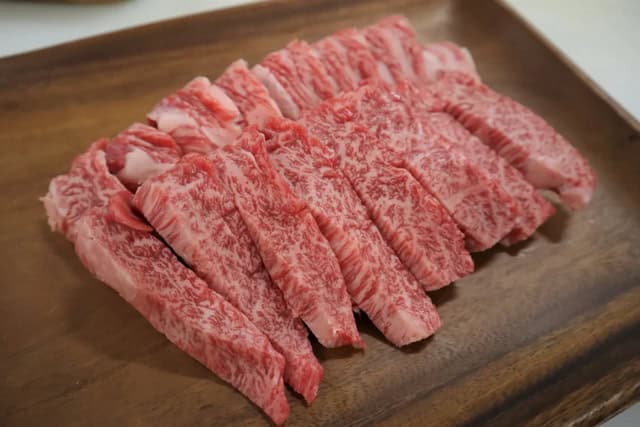
Harami, also known as beef skirt steak, is a cut from the diaphragm muscle of the cow. While it closely resembles red meat in appearance and texture, it is technically classified as offal, similar to other internal organs. Despite this classification, harami is highly prized, with only 2 to 3 kg obtainable from each cow.
This cut is a popular choice for yakiniku (Japanese barbecue) due to its rich umami flavor and tender, chewy texture. Unlike other organ meats, beef skirt steak has a mild taste with minimal odor, making it a great option for those who prefer a lean yet flavorful cut. Additionally, it retains its tenderness even when cooked, ensuring a satisfying bite every time.
Harami History
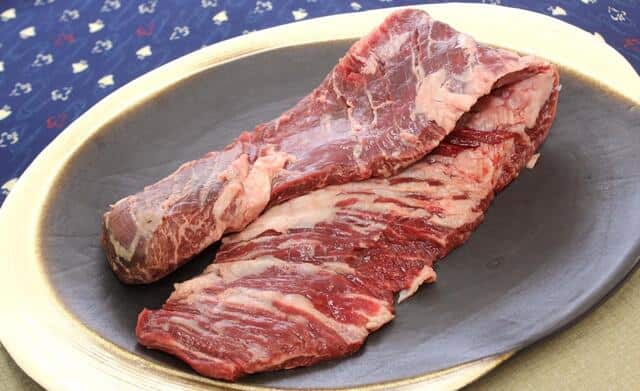
Harami (牛ハラミ), or beef skirt steak, became popular in Japan through the rise of yakiniku culture after World War II, initially classified as horumon (offal) due to its location near the diaphragm. Unlike traditional organ meats, harami has a mild flavor and tender, chewy texture, making it a standout choice. By the 1970s–1980s, it became a staple in yakiniku restaurants. Valued as a flavorful yet lean alternative to wagyu cuts. In recent years, health-conscious trends and global interest in Japanese barbecue have further boosted its popularity. Cementing beef skirt steak as a beloved choice in Japan’s culinary scene.
Taste and Characteristics of Harami
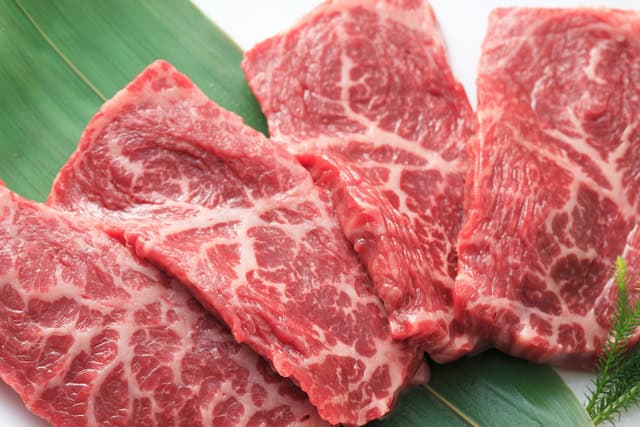
Harami is known for its mild flavor and lack of the strong odor typically associated with offal. It has less fat and fewer calories than cuts like loin or ribs and is easier to digest and less likely to cause stomach discomfort. Despite being leaner, harami retains a moderate amount of fat, giving it a soft and tender texture.
A similar cut, sagari (サガリ), is sometimes referred to as skirt steak interchangeably in certain regions. However, sagari contains even less fat than harami, resulting in a lighter, more refreshing taste. If you prefer a leaner and milder option, sagari is a great alternative.
FAQ
- What part of the cow is beef skirt steak (harami)?
Beef skirt steak is part of the diaphragm muscle. Although technically classified as offal, its appearance and texture are much like red meat. It’s a rare cut, with only about 2–3 kg obtainable from a single cow.
- What are the characteristics and taste of beef skirt steak?
Beef skirt steak boasts a rich, juicy meat flavor, has a good balance of fat, and is tender. Its defining feature is a springy texture that resists toughening up during cooking.
Takeaway
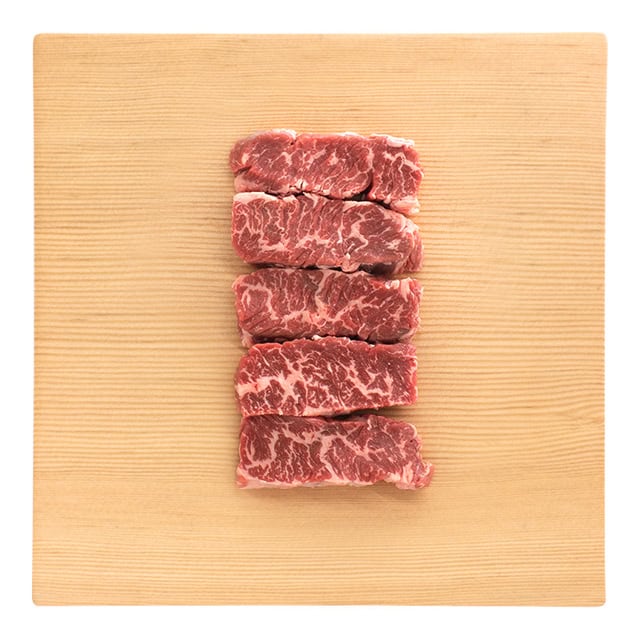
Unlike heavier cuts, harami offers a perfect balance of lean meat and fat. Making it an easy favorite for both meat lovers and those looking for a lighter option. If you have the chance to visit Japan, don’t miss the opportunity to try beef skirt steak—once you taste it, you’ll understand why it’s so beloved in Japanese barbecue culture!
If you enjoyed learning about harami, you might also want to try sagari (a leaner skirt steak alternative), karubi (short ribs for a richer bite) —each offering its own unique flavor and texture in Japanese barbecue!

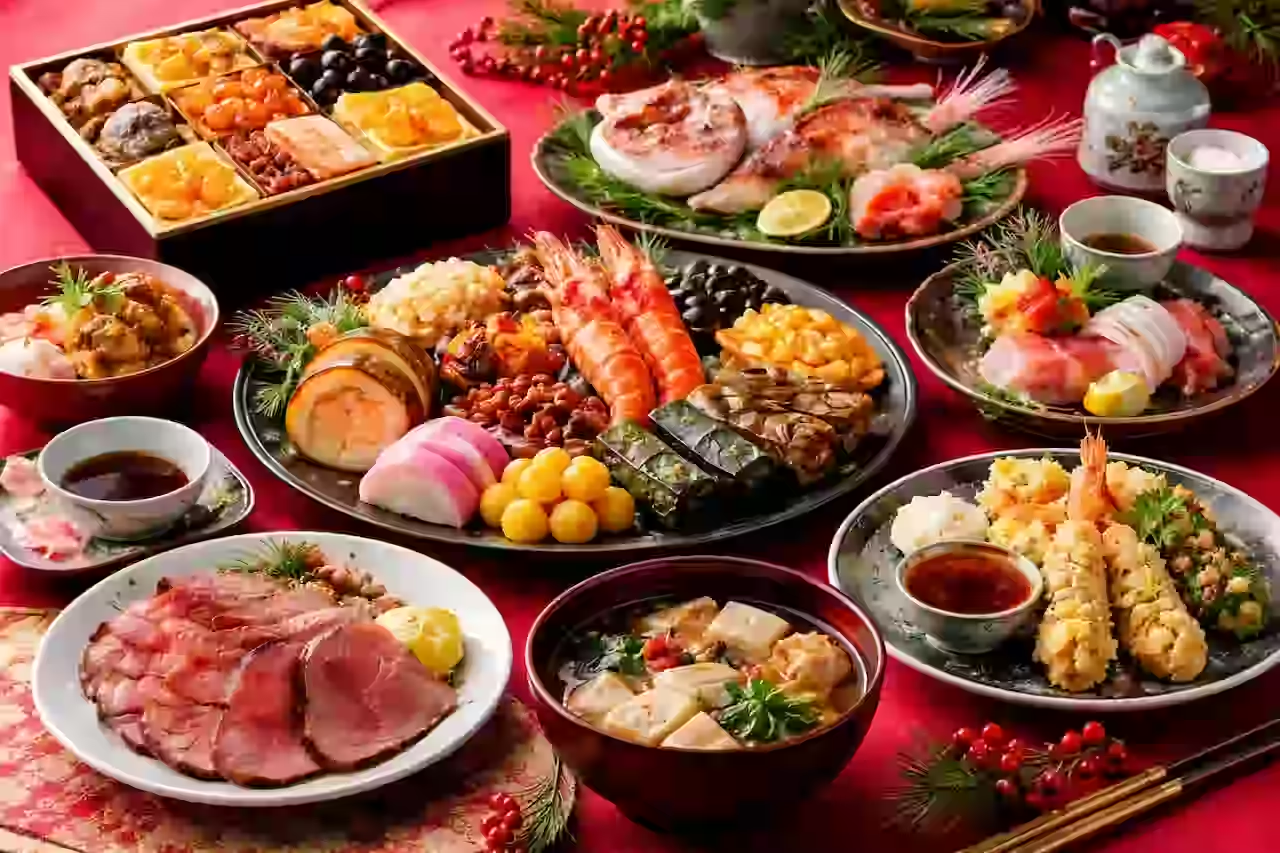
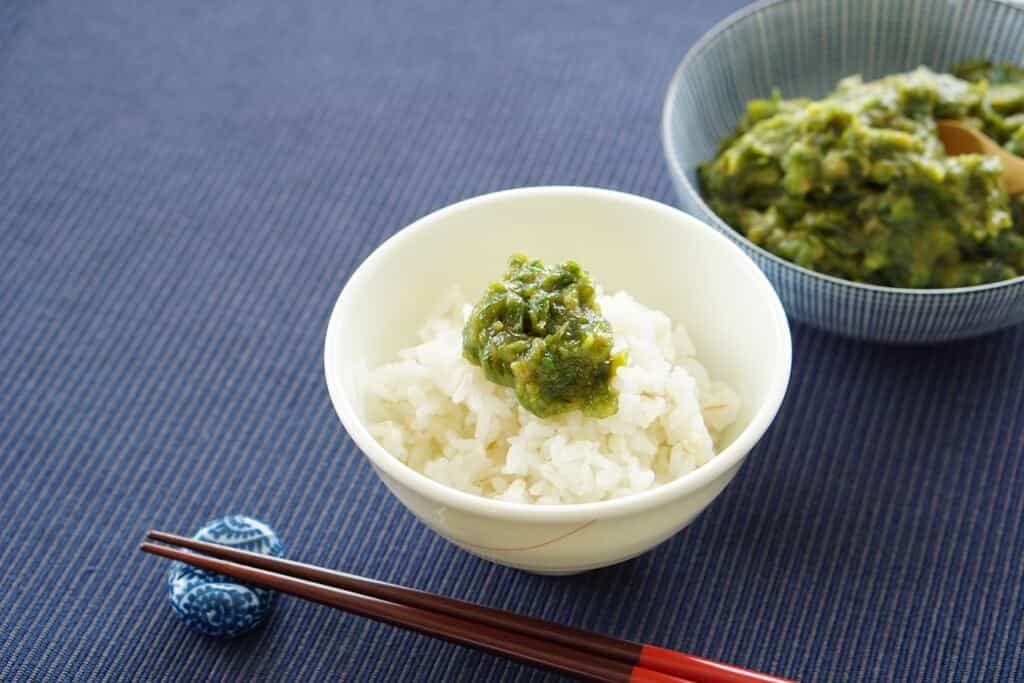
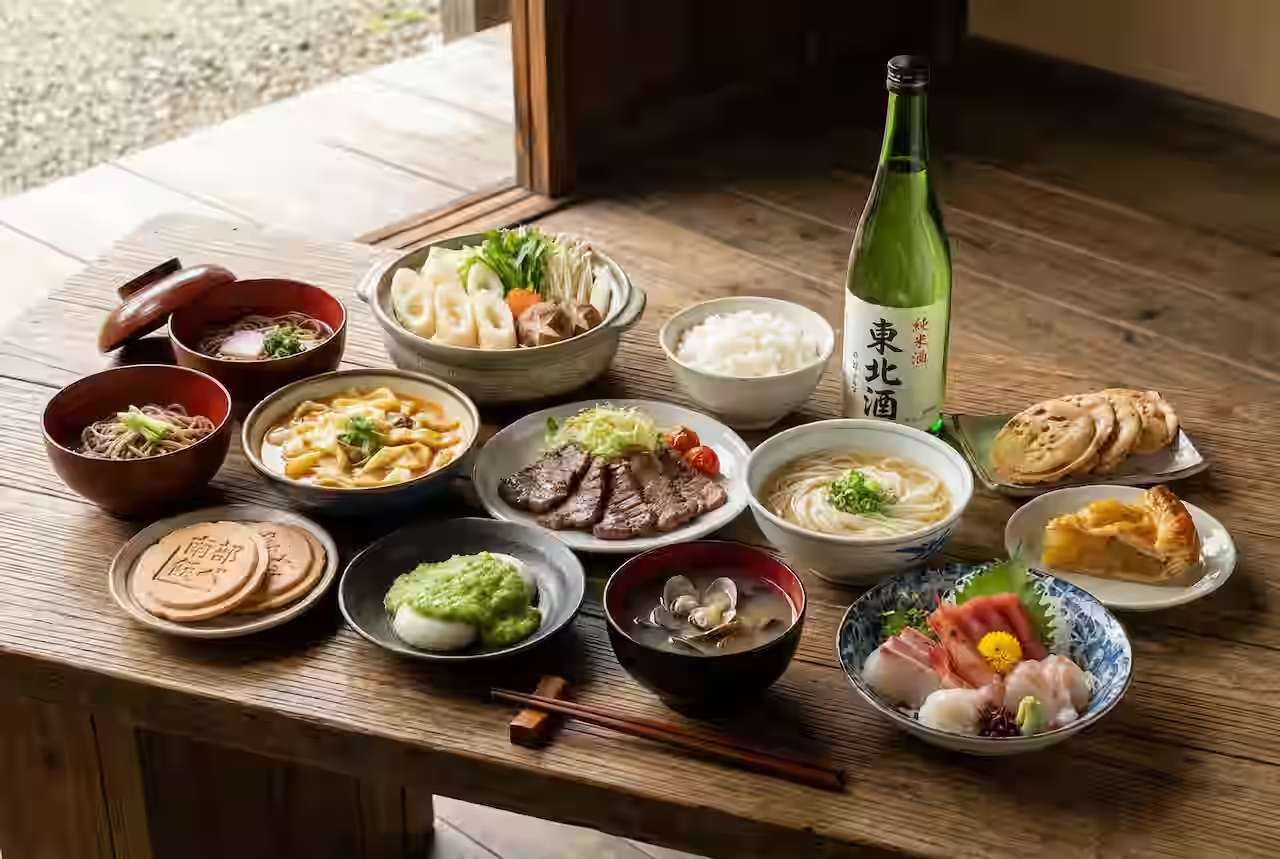


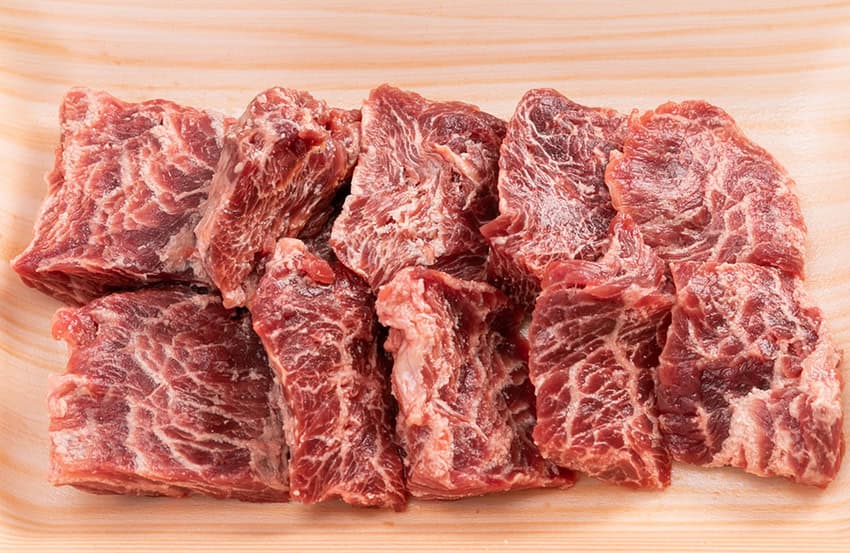
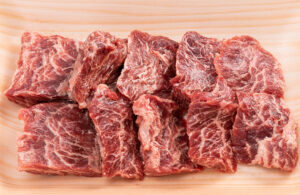

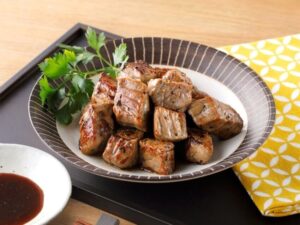
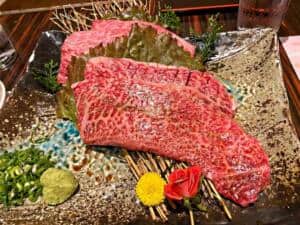
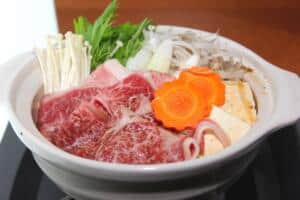
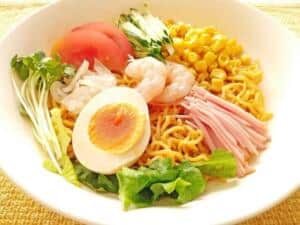
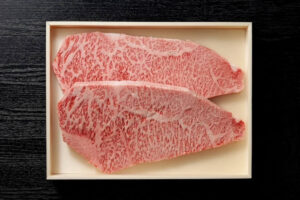
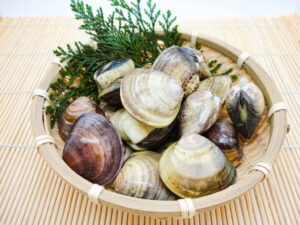
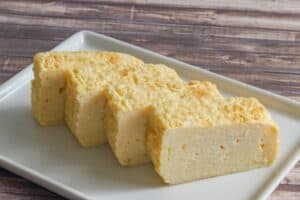
Comments